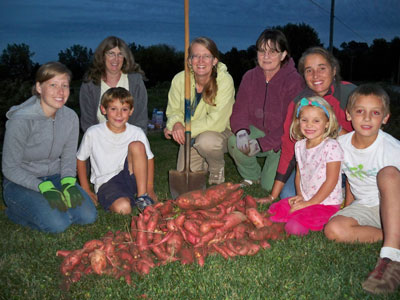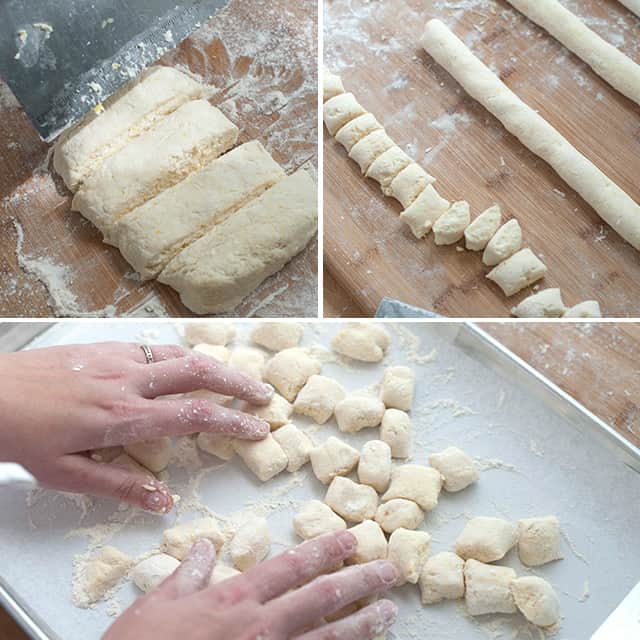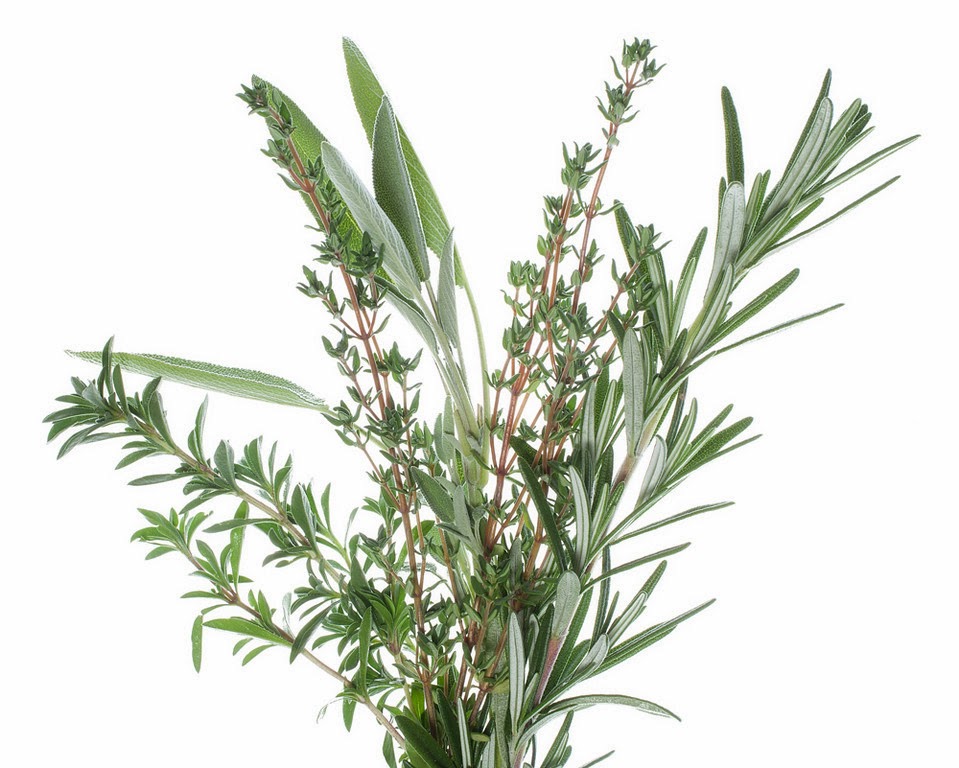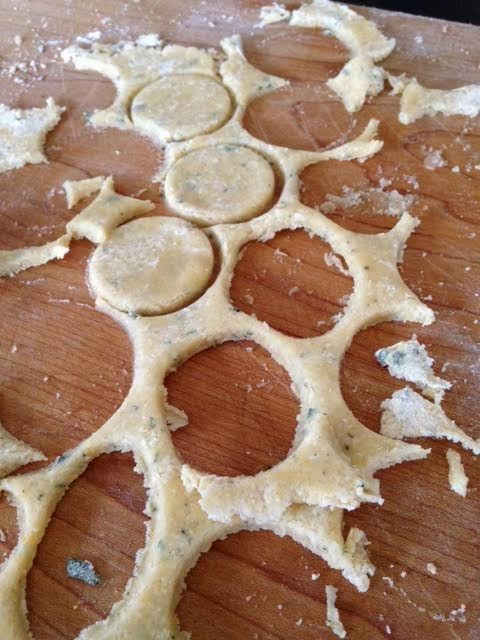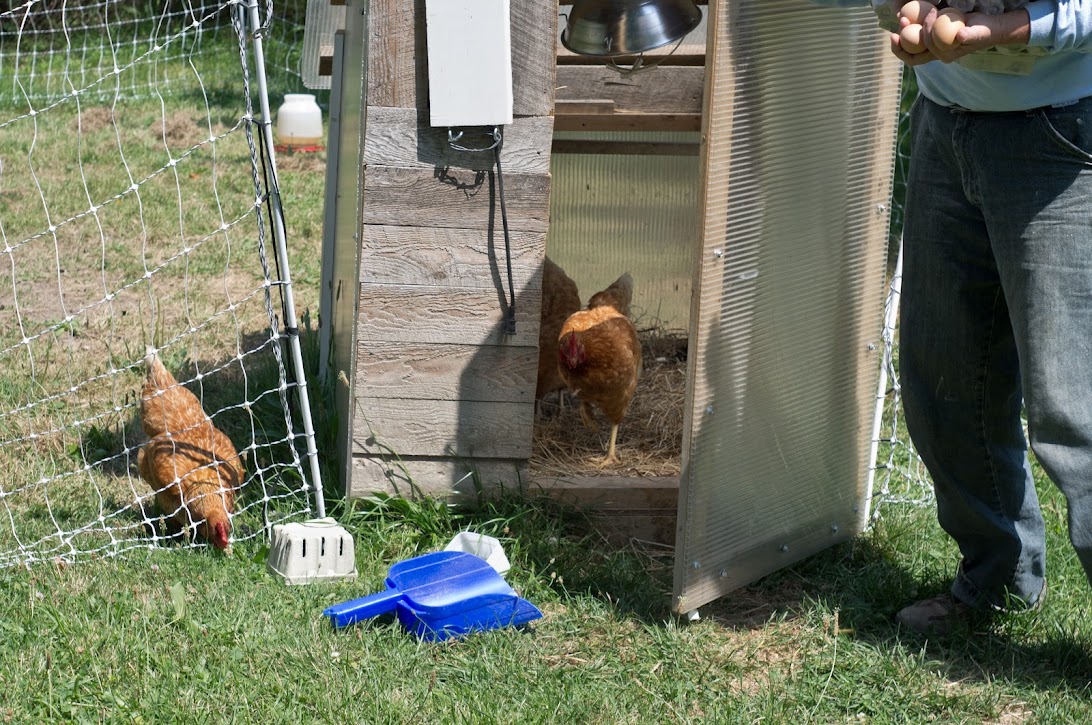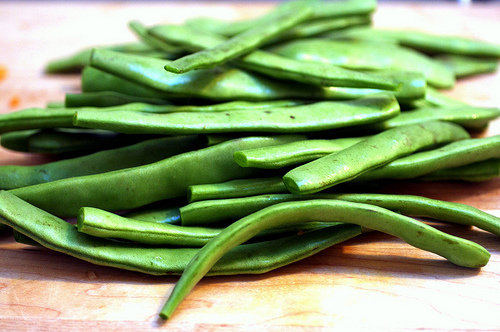We grew an abundance of peppers this year. With 35 varieties on our plant list, it is hard to not grow too many. Every variety deserves a chance and some are absolute favorites and I end up planting 6 or more plants of each, but really I am making a giant note to stop this madness next year. Every day, for the past month, I am starring at huge bags of peppers in the fridge and figuring out what to do with them. Not a bad problem to have, especially these days. Here are a few things I have been doing.
Pickled Cherry Bomb and other Hot Peppers
I make a brine that is based on this basic recipe from the cook book 6 Seasons by Joshua McFadden and Martha Holmberg. This amount is about enough for 3 pints.
½ cup rice vinegar
1 tablespoon white wine vinegar
1 ½ cups water
3 tablespoons sugar (original recipe calls for 5 TBS)
1 tablespoon plus 1 teaspoon kosher salt
Bring ingredients to a boil,
Pack washed, stemmed and seeded (optional) peppers into clean glass jars. Add a clove of garlic and a sprig of thyme to each jar.
Pour hot brine over the peppers, filling each jar to the top. Let cool to room temperature and then store in the refrigerator. Please note this brine solution is not acidic enough to preserve the peppers with a hot water bath method of canning. These are refrigerator pickles that will keep for months. I pack big ½ gallon jars of them into the back of the fridge and use them all winter, chopped into tacos, as a topping for sandwiches, stuffed, etc.
You can pickle sweet peppers too, using this method.
Hungarian Hot Wax peppers are perfect for pickling.
I also made this pepper relish recently and really liked it. You can incorporate some hot peppers into the mix if you want it spicy. This is for canning with a hot water bath method. If you have never done this, please make sure to look up a reliable tutorial, like this one.
Pepper Relish
adapted from Well Preserved by Mary Anne Dragan
6 cups of finely chopped sweet peppers, combination of colors. A few hot peppers can be included in the 6 cups for a spicy relish.
2 cups of finely chopped onion
2 cups of cider vinegar
1 cup of sugar (I used ¾)
2 tablespoons of mixed pickling spice (I did not have a pre-made blend, so made my own with coriander seed, bay leaf, a few cloves, a few black peppercorns, 2 dried chilies, and a tsp of mustard seed) in a cheesecloth bundle or a tea ball.
2 teaspoons of dried hot pepper flakes or substitute with fresh hot peppers
2 teaspoons of salt
Combine peppers and onions into a bowl, and pour boiling water over them. Let sit 5 minutes, then drain well.
Combine the remaining ingredients into a large pot, and bring to a boil. Add the vegetables, and stir to combine. Reduce the heat to medium, stirring occasionally for about 30 minutes.
Remove from the heat, take out the spice bag. Spoon the relish into hot sterilized jars, leaving ½ inch of head space. Release the air bubbles, wipe the rims of jars clean, seal according to manufacturer’s directions. Process the jars in a boiling water bath for 10 minutes. Please refer to this process here if you are not familiar with canning.
Other ways to preserve peppers
I freeze them. Just chop up raw peppers, and slide them into a freezer bag. That is it. They can be used in all kinds of stews, soups and braises over the winter.
I make a big pot of sautéed peppers and caramelized onions and freeze that in small bags. In winter, it can be turned into a tasty spread or dip by placing the thawed mixture in a blender with some walnuts, or cheese, or olives or dehydrated tomatoes.
I roast peppers, tomatoes, eggplants, onions and summer squash or zucchini with olive oil, salt, garlic and herbs at 400F for about 45 minutes. I freeze that mixture in freezer bags and then use it as a base for pasta sauces, soups, and a topping for pizza.



